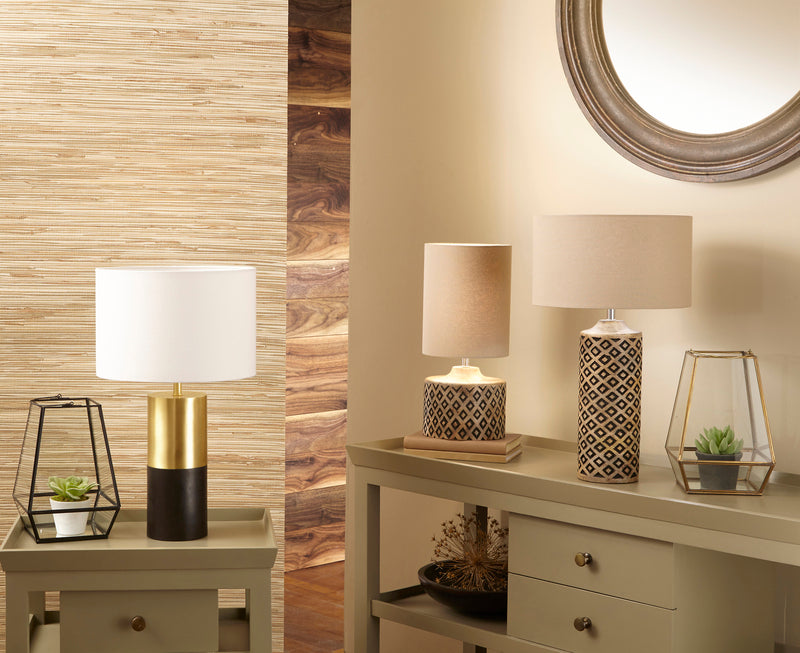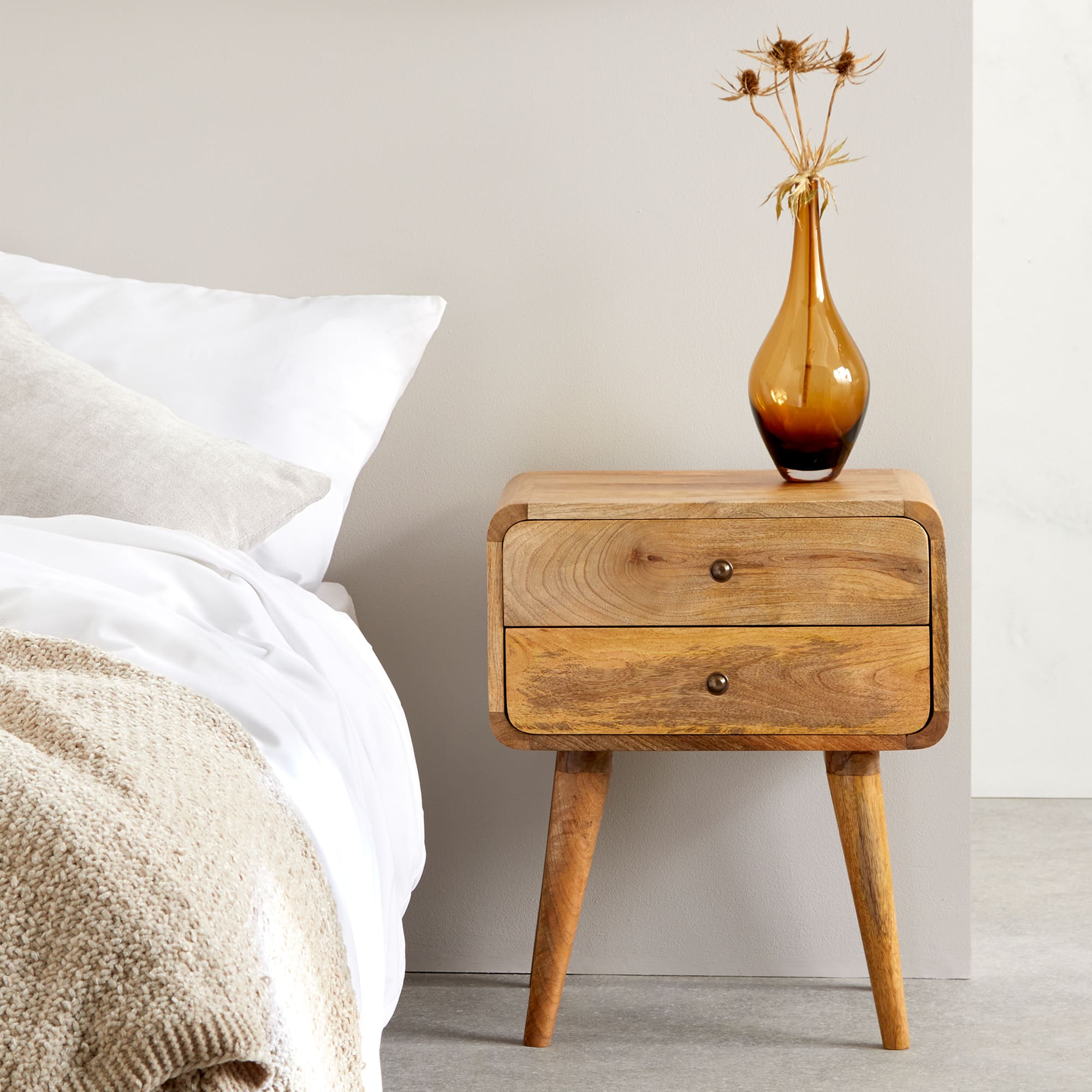Beautiful, just as it looks online. Very happy with it, well made.
The bedside table is just lovely. Looks as in the pictures if not better.
The table is well made and almost exact as pictured on the website, just a shade darker. Assembly was easy and the drawers move in and out easily. I bought 2 of these and have yet to unpack the second. Very happy.
Great product, well made and heavy which makes it feel good quality




























